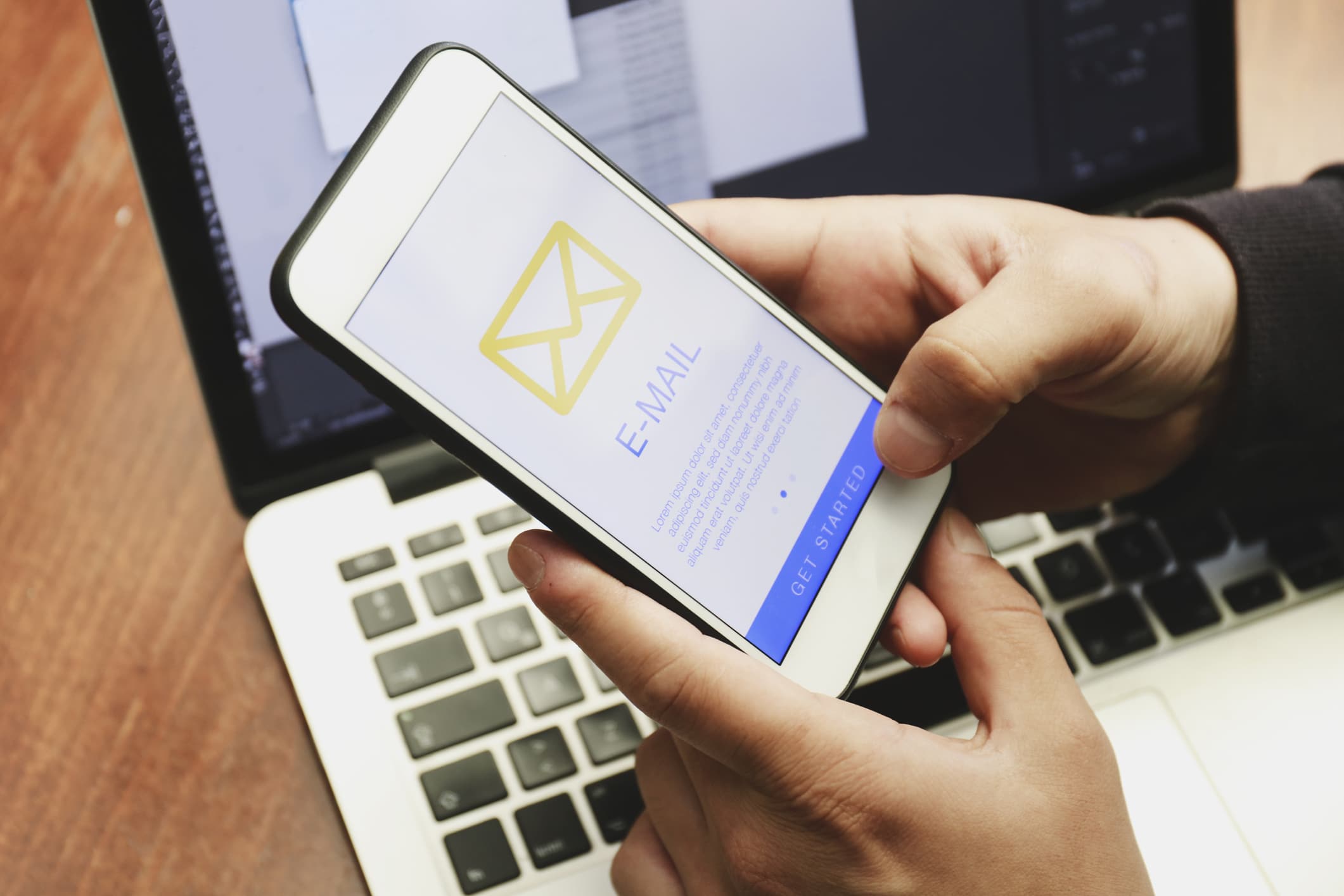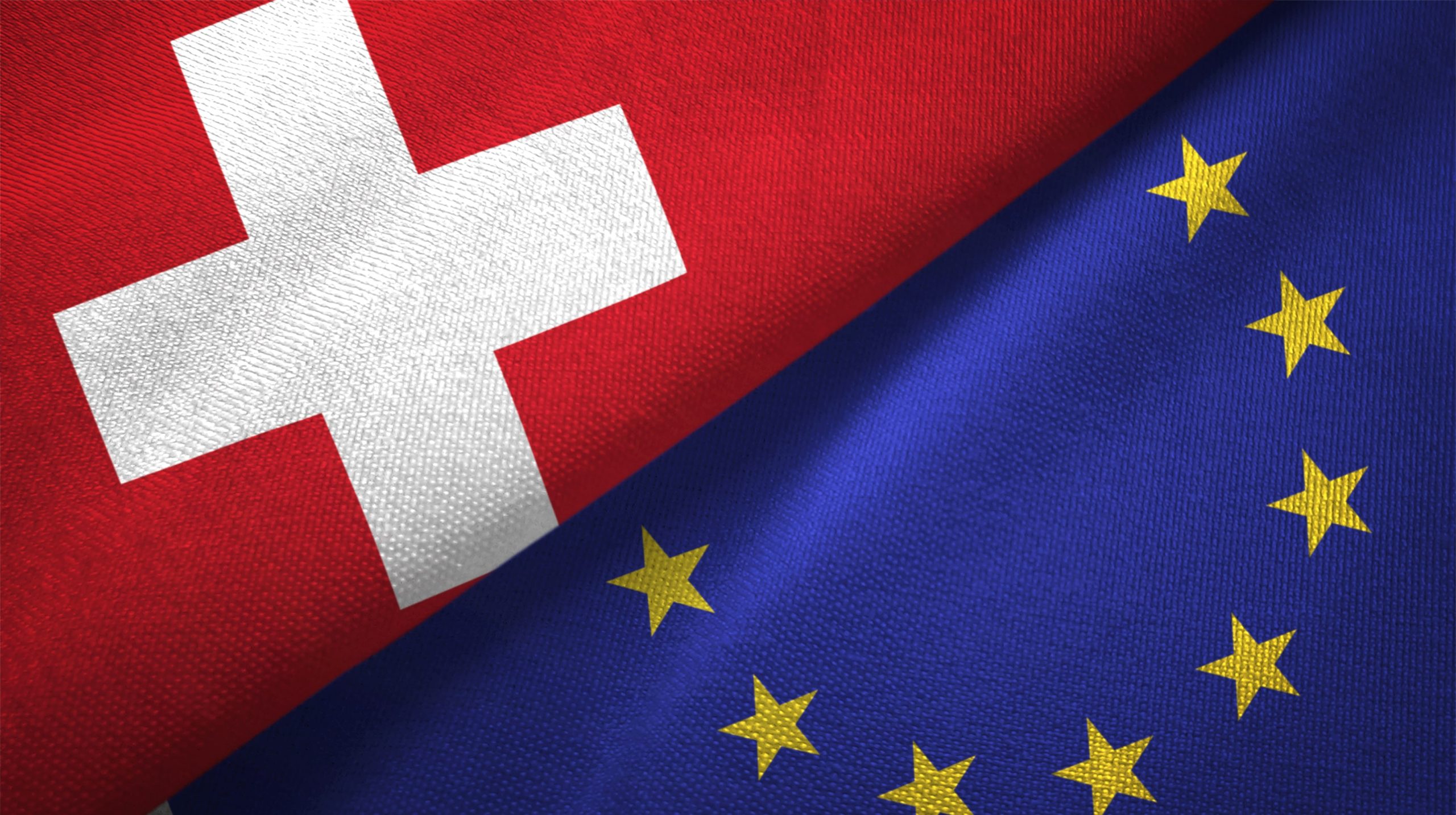Since the enforcement of the GDPR (General Data Protection Regulation), we have heard a lot about the practice of opt-in, which is to obtain people’s consent to be able to send them marketing emails.
But in all this, is the double opt-in practice important?
First, let’s define what the double opt-in is.
It is a practice to send a validation email after a registration request to invite the person to validate their account. Thus, the contact receives an email with a CTA inviting him to click on it.
This action is not mandatory.
You have probably already faced the double opt-in. You signed up for a newsletter or created an account on a website and you received an email asking you to validate your account.
OK, but what is the purpose of this practice?
The goal is to ensure that the collected email is valid (good typo, no errors in the entry of the email address by the contact, no spam) to then optimize its deliverability by avoiding sending emails to bounces contacts (rebounds).
Indeed, it is better to send an email to john.doe@example.com rather than to jon.doe@example.com which may not exist.
This allows you to have a good and clean contact database.
Sending emails to invalid email adresses will have a negative impact on both your KPIs (opening rate, click through rate) but also on the reputation of your domain name
Another advantage of the double opt-in is a better qualification of your leads. A contact who will make the effort to open and click in the email to validate his account will potentially be more interested than a contact who would not click in the email. It presents a real interest for your company.
Does the double opt-in have disadvantages?
YES, like everything in this world.
First of all, there are interesting leads who could receive your email in spam (yes it can happen). It is, therefore, very unlikely that these people will complete the process.
Or simply, some people just will not go through all the process.
This is shown in a study delivered in 2017 by Mailchimp.
“After the analysis made by our data analysts, the majority of those who have not completed the double opt-in process are people who did not anticipate the confirmation message.”
In conclusion, the double opt-in is an interesting practice to improve the engagement rate of your leads and optimize the deliverability of your emails (and therefore your e-reputation) but you must take into account the fact that this practice has the potential for you to lose a lot of potential customers.
_____________________
Check out our checklist on GDPR email compliance!
Request a personalized marketing automation demo!




